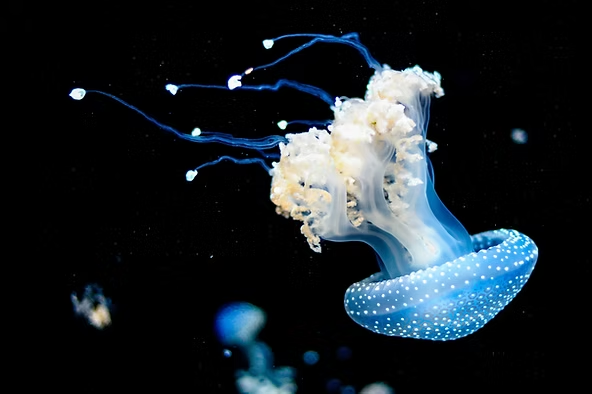Jellyfish: Nature’s Unsung Heroes Against Oil Spills
Who would have imagined that jellyfish could become one of the most valuable agents against oil spills in the ocean?
Energy-Efficient Swimmers
Jellyfish are considered some of the most energy-efficient swimmers in deep waters. By capturing water in their bells and ejecting it, they create movements capable of producing underwater currents strong enough to influence large volumes of water. Scientists suggest that this turbulence may help break down oil after spills.
Jellyfish and the Deepwater Horizon Oil Spill
The Deepwater Horizon oil spill in the Gulf of Mexico in 2010 affected over 8,000 marine animals and numerous seabirds. Despite the disaster, jellyfish in the area seemed less impacted due to their ability to break down oil using mucus and turbulence.
How Jellyfish Break Down Oil
Under stress, jellyfish produce mucus that contains nitrogen and oil-degrading bacteria. These components work together to accelerate oil degradation and neutralize harmful PAH pollutants.
Challenges and Threats
However, chemical dispersants used in cleanup operations can harm jellyfish, causing irregular bell shapes, color changes, and even death.
The Future: Synthetic Jellyfish
Inspired by this natural mechanism, scientists are developing synthetic multicellular organisms that mimic jellyfish to remove ocean toxins. These synthetic jellies would be:
- Non-invasive and biodegradable
- Non-reproductive
- Equipped with self-destruct mechanisms after completing their task
Once perfected, this technology could help prevent widespread damage from oil spills and protect countless marine species.

